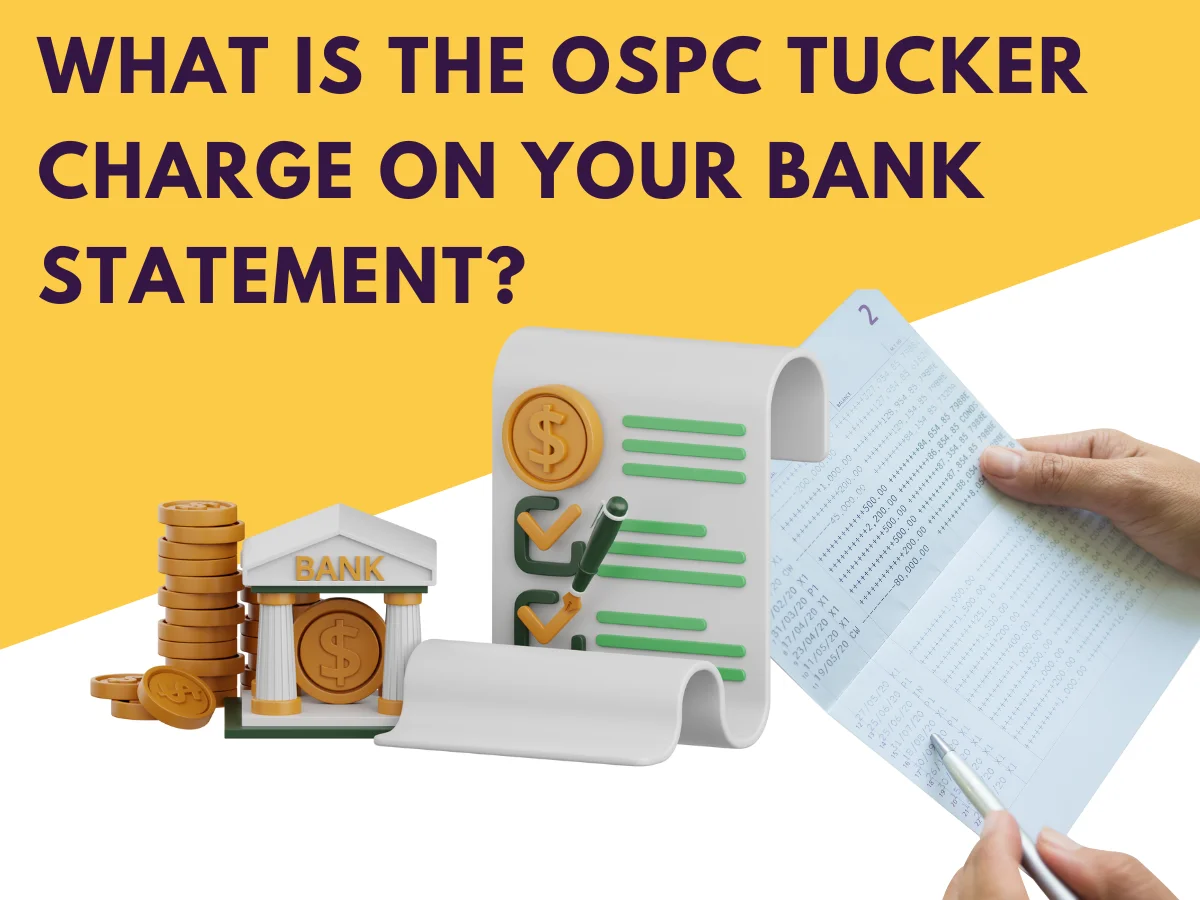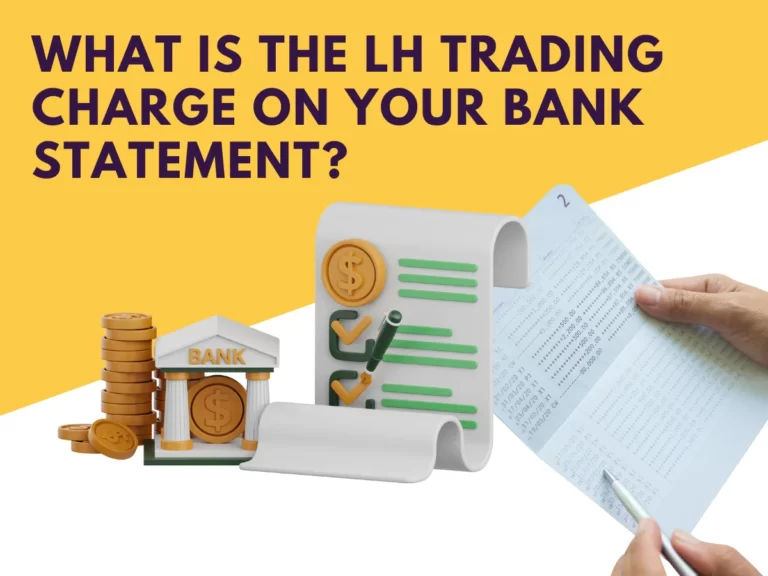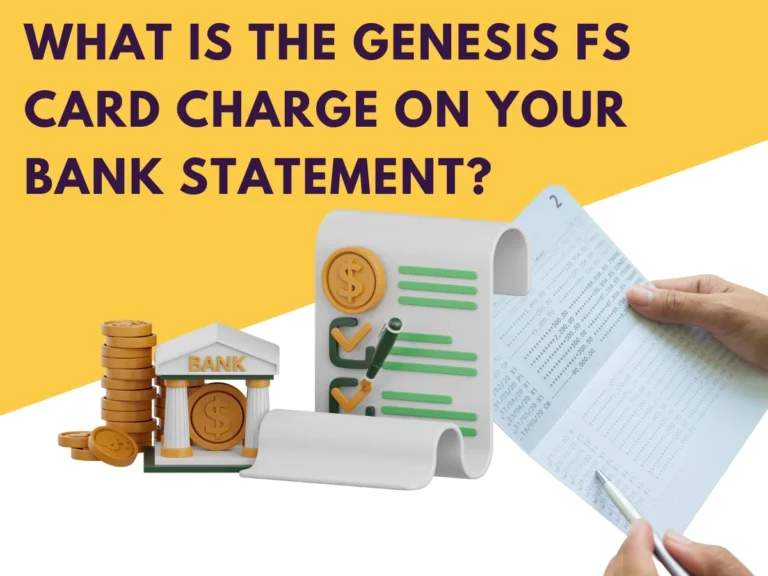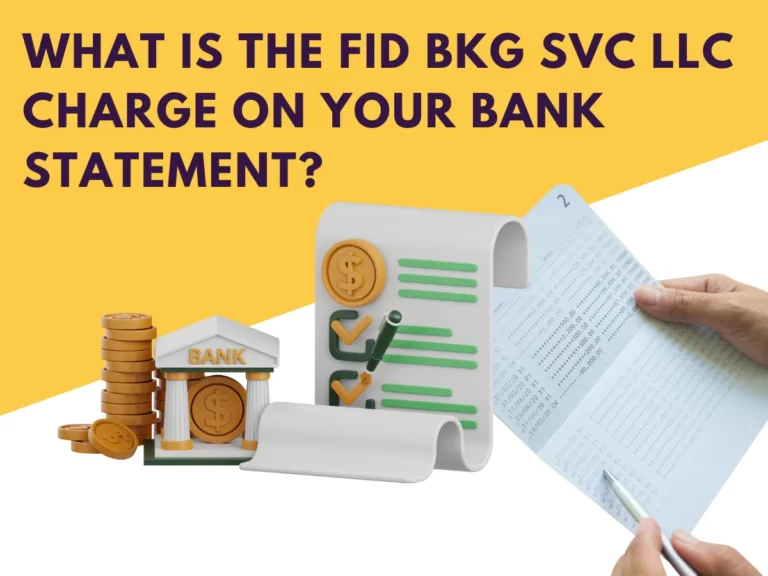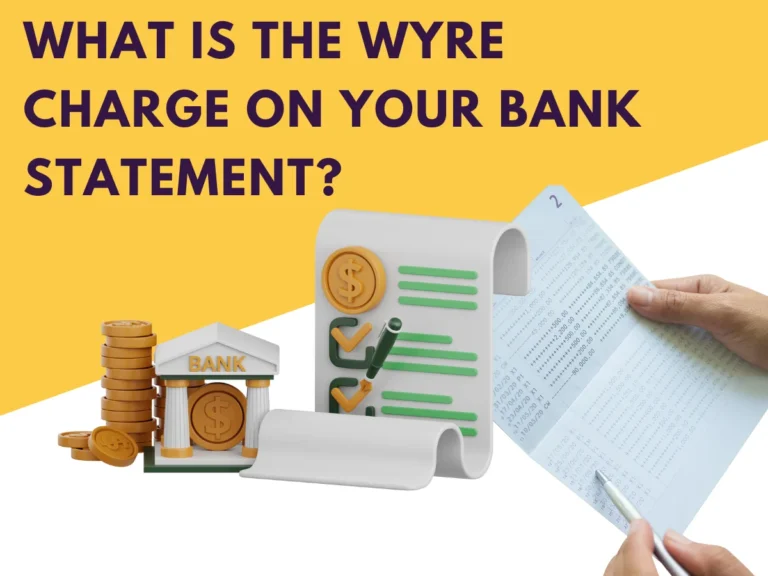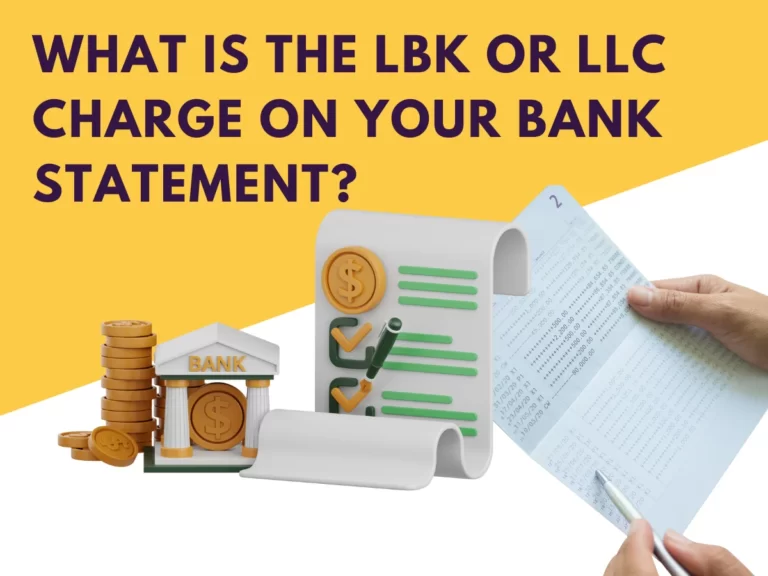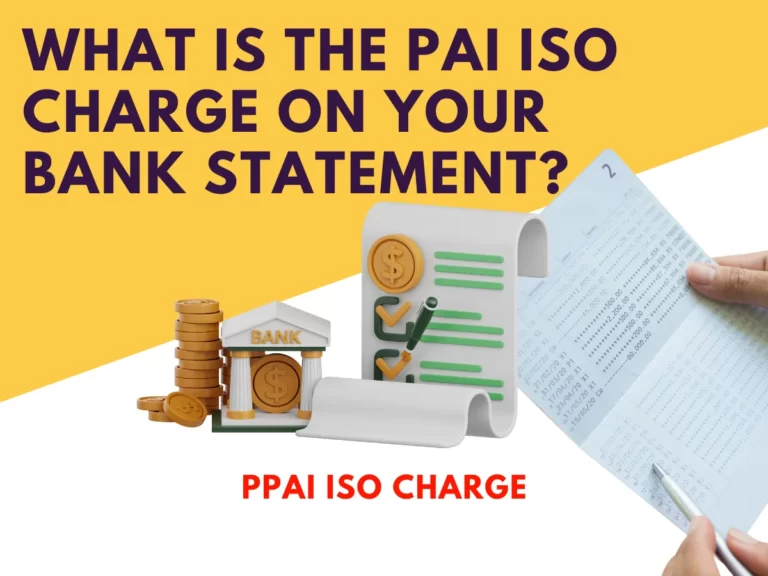What Is the OSPC Tucker Charge on Bank Statement?
Understanding the entries on your bank statement can sometimes be like deciphering a secret code. One such mysterious notation you might have come across is the OSPC Tucker charge. In this article, we’ll delve into the intricacies of what the OSPC Tucker charge on your bank statement means and why it’s there.
Also read Wyre Charge on Bank Statement.
What is OSPC Tucker Payment on Bank Statement?
The OSPC Tucker bank charge is not a cause for alarm; rather, it’s a legitimate payment made to the IRS (Internal Revenue Service) for tax-related purposes. When you owe taxes to the IRS, they have the authority to offset the amount owed from any federal payments you may be entitled to receive. This could include tax refunds, Social Security benefits, or federal loan disbursements.
Example: The OSPC Tucker Bank Charge in Action:
Let’s consider a scenario where you owe taxes to the IRS. In this case, the IRS initiates an offset, deducting the owed amount from your federal payments. The result? The OSPC Tucker charge appears on your bank statement, signifying the successful processing of your tax payment. It’s crucial to note that the OSPC Tucker charge is not linked to fraudulent activity; it’s a legitimate transaction associated with fulfilling your tax obligations, with the specific amount dependent on the taxes owed and any applicable penalties or interest.
OSPC Tucker: Legit IRS Payment?
To dispel any doubts, the OSPC Tucker charge is indeed a legitimate IRS payment. It serves as proof that your tax payment has been duly processed, contributing to the fulfillment of your tax responsibilities. It’s a crucial entry that ensures you remain in compliance with tax regulations.

How Does the OSPC Tucker Charge Appear on Bank Statement?
The OSPC Tucker charge may appear on your bank statement with various transaction descriptors, each providing a clue about its origin. Depending on your financial institution, here are some common entries to watch out for:
| Transaction Descriptor | Description |
| OSPC TUCKER | Standard reference to OSPC Tucker charge |
| OSPC TUCKER IRS | Indicates IRS involvement in the transaction |
| OSPC TUCKER TAX | Highlights the tax-related nature of the charge |
| OSPC TUCKER PAYMENT | Confirms a payment aspect of the OSPC Tucker charge |
| OSPC TUCKER OFFSET | Signifies an offset action related to tax payments |
| TUCKER OSPC | An alternate representation of OSPC Tucker charge |
| TUCKER PAYMENT IRS | Suggests a payment made to IRS within the charge |
| TUCKER TAX OFFSET | Emphasizes the offset nature with tax implication |
| KCSPC Charge IRS | Another variation indicating IRS involvement |
While these descriptors may slightly differ, they consistently feature terms like “OSPC Tucker,” “KCSPC,” or “Tucker OSPC,” coupled with identifiers linked to tax payments or offsets.
Example:
| Date | Description | Withdrawal ($) | Deposit ($) | Balance ($) |
| 2024-03-12 | OSPC TUCKER IRS | -500.00 | – | 2,000.00 |
| 2024-03-15 | TUCKER TAX OFFSET | -300.00 | – | 1,700.00 |
| 2024-03-18 | OSPC TUCKER PAYMENT | -200.00 | – | 1,500.00 |
| 2024-03-20 | KCSPC Charge IRS | -100.00 | – | 1,400.00 |
In this example, you can observe how the OSPC Tucker charge is represented on the bank statement. The descriptors, such as “OSPC TUCKER IRS” and “TUCKER TAX OFFSET,” provide clear indications of the tax-related nature and offset action associated with each transaction. It’s essential to keep an eye out for these entries when reviewing your bank statement and cross-reference them with your tax records to ensure accuracy and compliance.
Payments You Didn’t Authorize: Could It Be a Scam?
It’s natural to be vigilant when unexpected charges appear on your bank statement. However, in the case of the OSPC Tucker charge, it’s directly related to your tax obligations and is not associated with fraudulent activity. Nevertheless, it’s crucial to distinguish between legitimate charges and potential scams. If you notice unauthorized transactions, it’s advisable to contact your bank promptly to investigate and resolve the issue.
How to Prevent Unauthorized OSPC Tucker Charges

1. Regularly Monitor Your Bank Statements:
Regular monitoring of your bank statements is the first line of defense against unauthorized charges. Check your statements frequently to identify any unusual or suspicious transactions promptly. This proactive approach allows you to address potential issues before they escalate.
2. Enable Account Alerts:
Take advantage of account alert features provided by your bank. Set up notifications for transactions that exceed a specific threshold or fall outside your typical spending patterns. Immediate alerts empower you to respond quickly to any unauthorized activity and enhance the security of your financial accounts.
3. Secure Your Personal Information:
Safeguarding your personal and financial information is crucial in preventing unauthorized access and misuse. Be cautious about sharing sensitive details, such as your Social Security number, bank account information, or passwords. Keep this information confidential and only provide it to trusted entities.
4. Use Secure and Reputable Payment Methods:
Opt for secure payment methods and reputable financial platforms to minimize the risk of unauthorized charges. Choose well-established and trusted services for online transactions, and avoid sharing your credit card information on dubious websites or with unfamiliar vendors.
5. Be Wary of Phishing Attempts:
Exercise caution when receiving emails, messages, or calls claiming to be from financial institutions. Phishing attempts often involve impersonating legitimate entities to trick individuals into revealing sensitive information. Verify the authenticity of such communications by contacting your bank directly before providing any personal or financial details.
6. Update Passwords Regularly:
Changing your passwords periodically is a simple yet effective way to enhance the security of your online accounts. Use strong, unique passwords for each account and avoid using easily guessable information. Regularly updating your passwords adds an additional layer of protection against unauthorized access.
7. Install Security Software:
Utilize reliable security software on your devices to protect against potential malware or cyber threats. Ensure that your antivirus and anti-malware programs are up to date, and conduct regular scans to identify and remove any malicious software. This proactive measure safeguards your personal information and financial data from unauthorized access.
By incorporating these proactive measures into your financial practices, you significantly reduce the risk of unauthorized OSPC Tucker charges and enhance the overall security of your financial accounts. Stay vigilant, practice good security habits, and promptly address any suspicious activity to maintain the integrity of your financial transactions.
Conclusion
In conclusion, the OSPC Tucker charge on your bank statement is not a cause for concern but rather an indicator of your commitment to fulfilling tax obligations. By understanding its origins and appearance, you can confidently navigate your financial statements and distinguish between legitimate charges and potential scams. Stay vigilant, secure your personal information, and take proactive steps to prevent unauthorized transactions, ensuring a smooth and secure financial experience.
